Travel photography is an art that allows us to capture the beauty of landscapes, cityscapes, and natural wonders. Whether you’re an amateur or a professional photographer, taking breathtaking scenery shots requires a combination of skill, technique, and the right equipment. In this guide, we will explore key tips to help you capture stunning scenery in your travel photography in 2025.

1. Choose the Right Equipment
Having the right camera gear is essential for capturing high-quality scenic shots. Here are some recommendations:
- Camera: A DSLR or mirrorless camera with a high dynamic range for better detail capture.
- Lenses: Wide-angle lenses (16-35mm) are ideal for landscapes, while telephoto lenses (70-200mm) help in capturing distant subjects.
- Tripod: A sturdy tripod ensures stability and helps with long exposure shots.
- Filters: Polarizing filters enhance colors and reduce reflections, while ND filters help with long exposure photography.
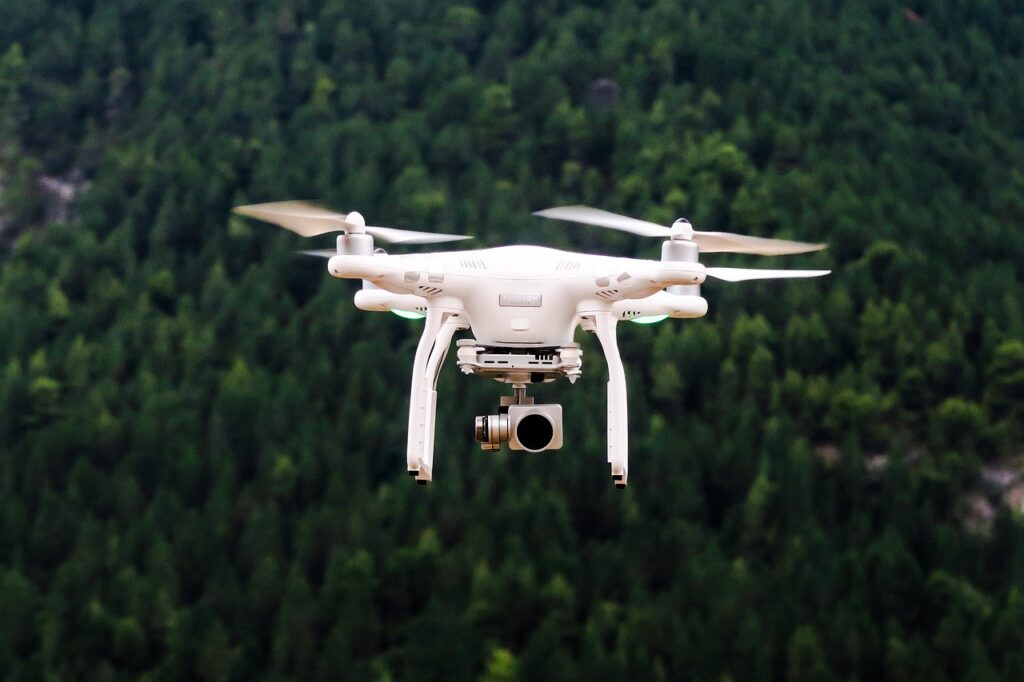
2. Master Composition Techniques
Composition plays a vital role in making your photos stand out. Here are some fundamental techniques:
- Rule of Thirds: Position key elements along imaginary grid lines for a balanced composition.
- Leading Lines: Use roads, rivers, or fences to draw the viewer’s eye into the scene.
- Foreground Interest: Including elements in the foreground, such as rocks or flowers, adds depth.
- Framing: Use natural frames like tree branches, arches, or windows to add perspective.
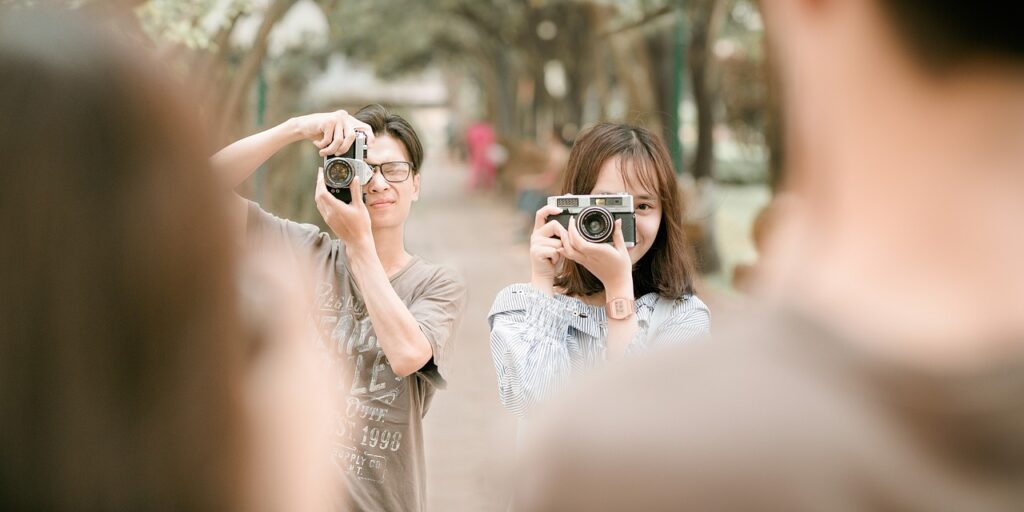
3. Understand Lighting and Timing
Lighting dramatically affects the quality of your scenic photos. The best times to shoot are:
- Golden Hour (shortly after sunrise or before sunset) for warm, soft light and long shadows.
- Blue Hour (twilight) for moody and dramatic landscapes.
- Midday Light can be harsh, but using filters and seeking shaded areas can help.
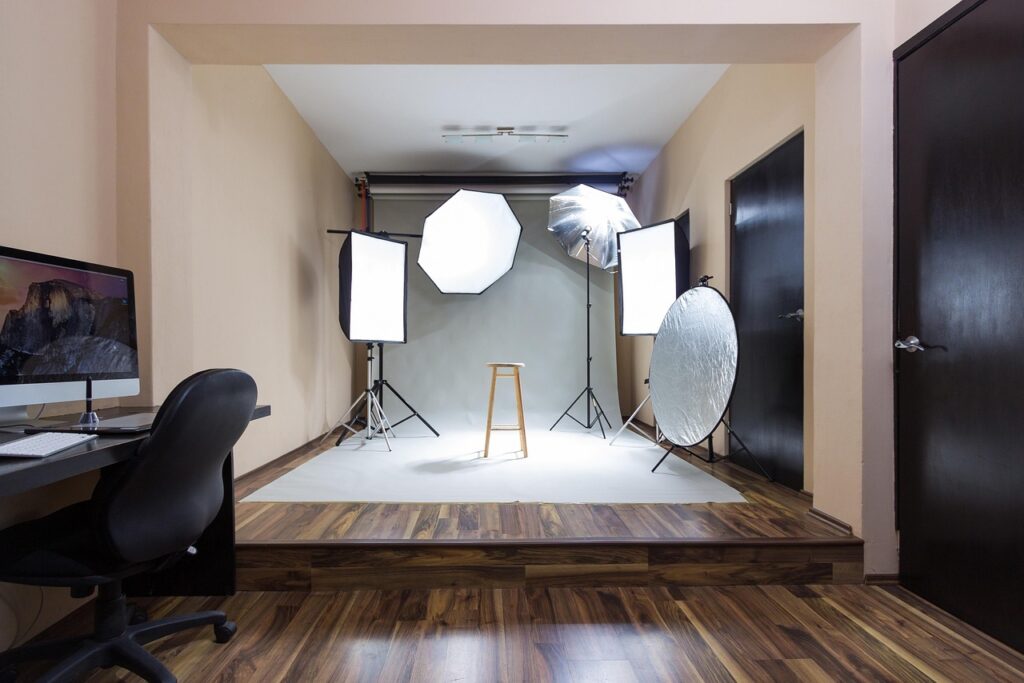
4. Utilize Camera Settings for the Best Shots
Understanding your camera’s settings will significantly improve your travel photography:
- ISO: Keep ISO low (100-400) to minimize noise.
- Aperture: Use a small aperture (f/8-f/16) for sharp landscapes.
- Shutter Speed: Slow shutter speeds (1-10 seconds) are ideal for waterfalls or cloud movements.
- Manual Mode: Allows full control over exposure settings for better results.
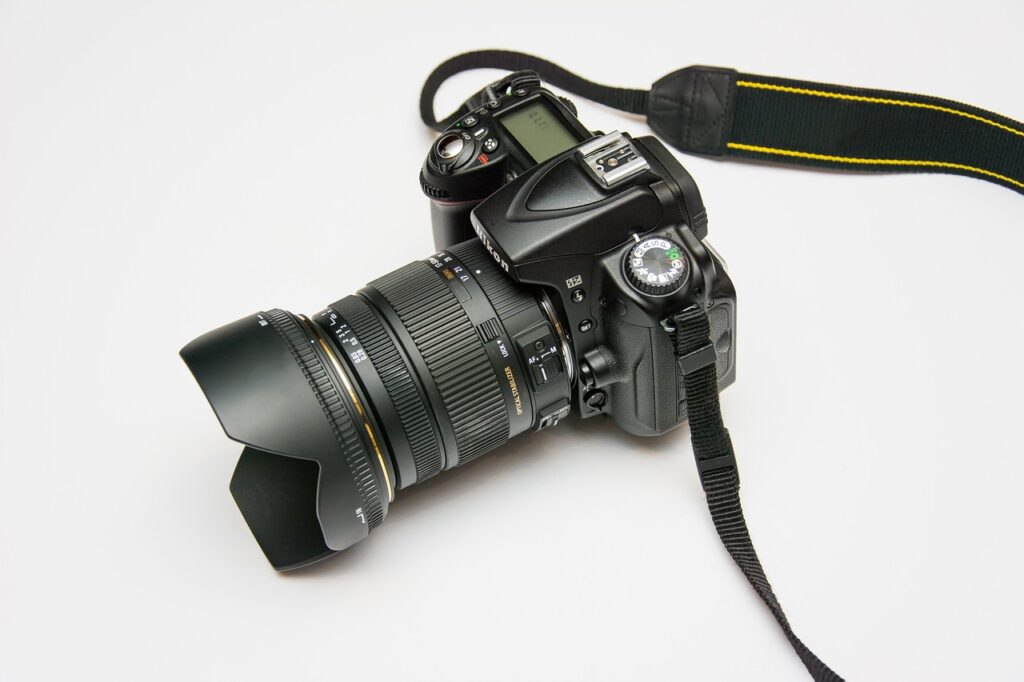
5. Post-Processing for Enhancement
Editing your photos can enhance colors, contrast, and sharpness. Popular tools include:
- Adobe Lightroom & Photoshop: For color correction, sharpening, and exposure adjustments.
- Mobile Editing Apps: Snap seed and VSCO offer powerful editing tools for on-the-go photographers.
- AI Tools: In 2025, AI-driven software helps automate enhancements and noise reduction.
6. Experiment with Unique Perspectives
Try new angles and perspectives to make your shots unique:
- Drone Photography: Aerial shots provide a fresh view of landscapes.
- Long Exposures: Capture motion in clouds, waves, and waterfalls for a dreamy effect.
- Night Photography: Shoot city lights, star trails, and the Milky Way for breathtaking nightscapes.
7. Research and Plan Ahead
To make the most of your photography trips:
- Scout Locations: Use apps like Google Earth, Instagram, or photography forums to find the best scenic spots.
- Check Weather Conditions: Weather apps help predict lighting and cloud cover for optimal shots.
- Understand Cultural Sensitivities: Be mindful of photography rules in certain locations.
Conclusion
Capturing stunning scenery in travel photography requires a mix of preparation, technique, and creativity. By using the right equipment, mastering composition, leveraging natural light, and applying post-processing techniques, you can elevate your landscape shots to a professional level. Whether you’re exploring vast mountains, tranquil beaches, or bustling cityscapes, these tips will help you immortalize your travel memories in breathtaking photos.
What is the best camera for travel photography?
A DSLR or mirrorless camera with a high dynamic range and good low-light performance is ideal. Popular options include Sony Alpha, Canon EOS R series, and Nikon Z series. (Scenery)
How do I make my landscape photos stand out?
Use composition techniques such as the rule of thirds, leading lines, and foreground interest. Also, experiment with lighting and unique angles. (Scenery)
What are the best settings for landscape photography?
Keep ISO low (100-400), use a small aperture (f/8-f/16), and adjust shutter speed based on the lighting and movement in the scene. (Scenery)
When is the best time to shoot scenery?
The golden hour (sunrise/sunset) and blue hour (twilight) offer the best natural lighting for scenic shots. (Scenery)
Do I need a tripod for travel photography?
A tripod is essential for stability, especially for long exposure shots, low-light conditions, and night photography.
What editing tools should I use for travel photography?
Adobe Lightroom and Photoshop are industry standards, while mobile apps like Snap seed and VSCO provide great editing options on the go.
How can I improve my travel photography skills?
Practice regularly, study professional work, experiment with different settings, and learn post-processing techniques.
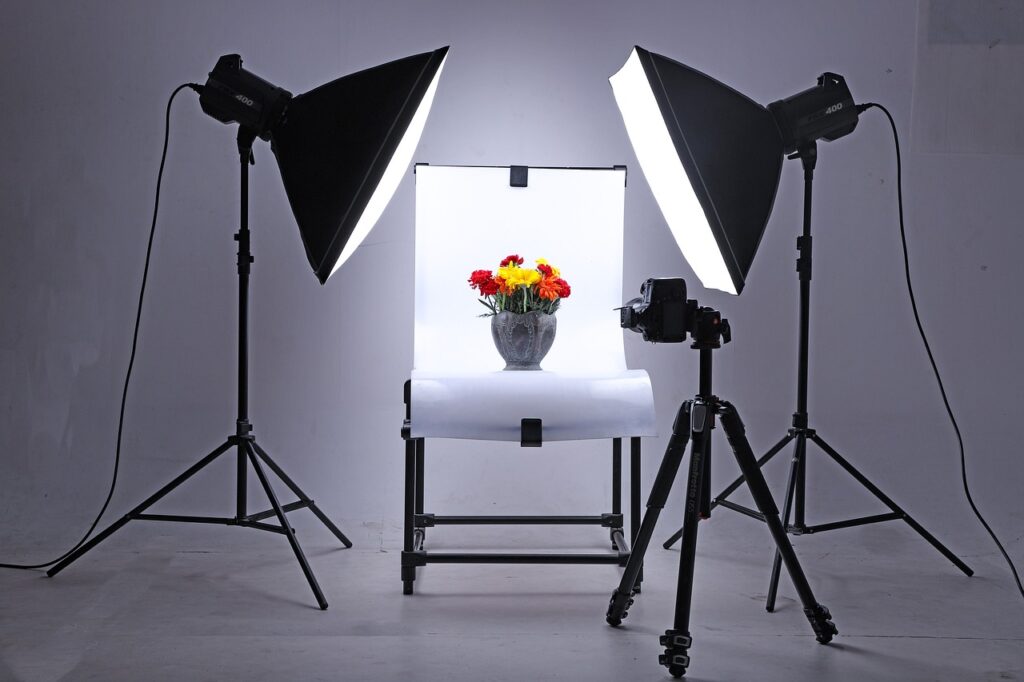


you have a great blog here! would you like to make some invite posts on my blog?